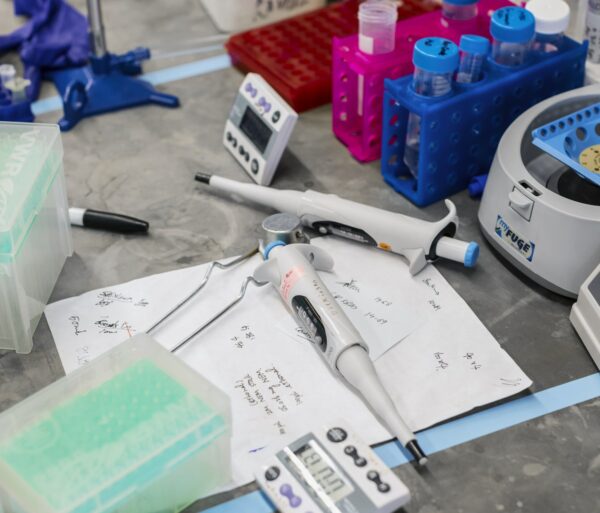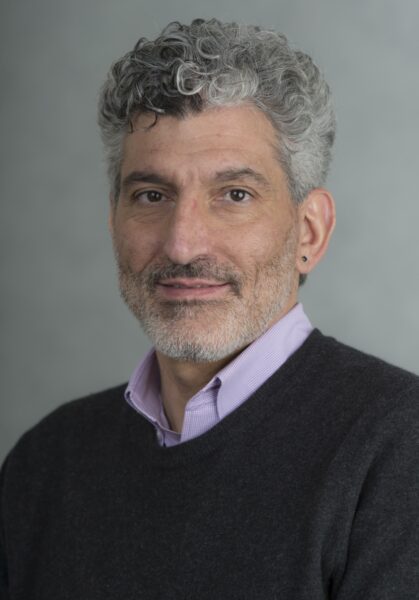
There are more than 4,000 chemicals found in the smoke of tobacco products, but nicotine is the primary reinforcing component that acts on the brain and causes addiction. Addiction is characterized by compulsive drug seeking and use, even though these behaviors increase the probability of dire health consequences for the individual. Most smokers realize that tobacco use is harmful and express a desire to stop using it. Unfortunately, less than 10 percent of the people who try to quit are successful.
Although considerable progress has been made in understanding the neural effects of nicotine, the knowledge falls short of what it takes to successfully stop tobacco use. The aim of Dr. Paul Vezina, Associate Professor of Psychiatry at The University of Chicago, is to ultimately understand how nicotine acts to initiate self-administration behaviors and how repeated exposure to nicotine produces changes that promote their continued expression.

With his Brain Research Foundation Seed Grant, Dr. Vezina initiated experiments that helped identify the brain regions containing nAChRs (nicotinic acetylcholine receptors) that are necessary for the induction of locomotor and dopaminergic sensitization by nicotine. This form of plasticity has been linked to the development of addictive states. By using the antagonist mecamylamine, he assessed the effect of blocking nAChRs in different brain regions on the induction of long lasting sensitization by nicotine. So far, Dr. Vezina has found that nAChRs in the midbrain ventral tegmental area are critical for the development of this form of plasticity. Interestingly, blocking nAChRs in forebrain regions like the nucleus accumbens was without effect. These two nuclei are interconnected in a circuit well known to participate in the generation of appetitive behaviors. When activity in this pathway becomes sensitized, these behaviors become exaggerated and can lead to addiction.
Identification of those nAChR fields necessary for the induction of sensitization will help delineate the circuitry and neurotransmitters involved in the generation of maladaptive behaviors like those associated with addiction. This information could lead to the development of compounds and therapeutic approaches capable of preventing these kinds of neuroadaptations that inevitably result from exposure to drugs like nicotine.
These experiments supported by the Brain Research Foundation Seed Grant Program helped Dr. Vezina compete successfully with two of his colleagues at The University of Chicago for a program project grant from the NIH. This grant will fund the continued study of the effects of exposure to nicotine on nAChRs, neuronal excitability and behavior. Already Dr. Vezina and his colleagues are characterizing the effects of nicotine exposure on the regulation of nAChRs in those brain areas identified in the above studies. The overall aim of this program project grant is to use a multidisciplinary approach to examine how the molecular, cellular and behavioral consequences of nicotine exposure impacts the ability of this drug to support self-administration over prolonged periods of time.




